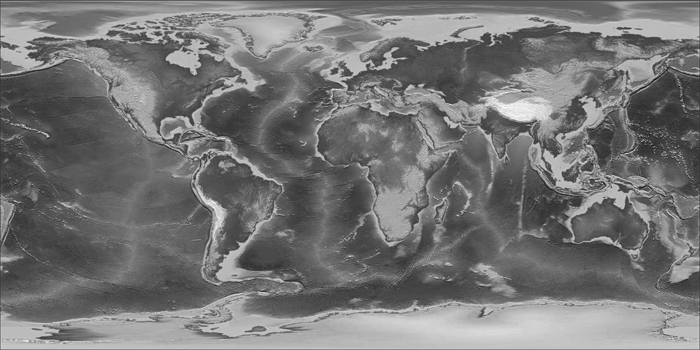Plate tectonics
Definition: What is plate tectonics
The concept that describes and explains how the major features of the Earth form and/or deform. The essential processes of plate tectonics are 1)seafloor spreading and 2) subduction. These two processes operate on basic units called plates. Key surface features such as mountain ranges form in particular tectonic settings when these processes act on plates directly or indirectly. Plates exist as a consequence of the specific conditions of temperature and pressure, and materials found on Earth. Plates move around, and change in size and number over geologic time.

